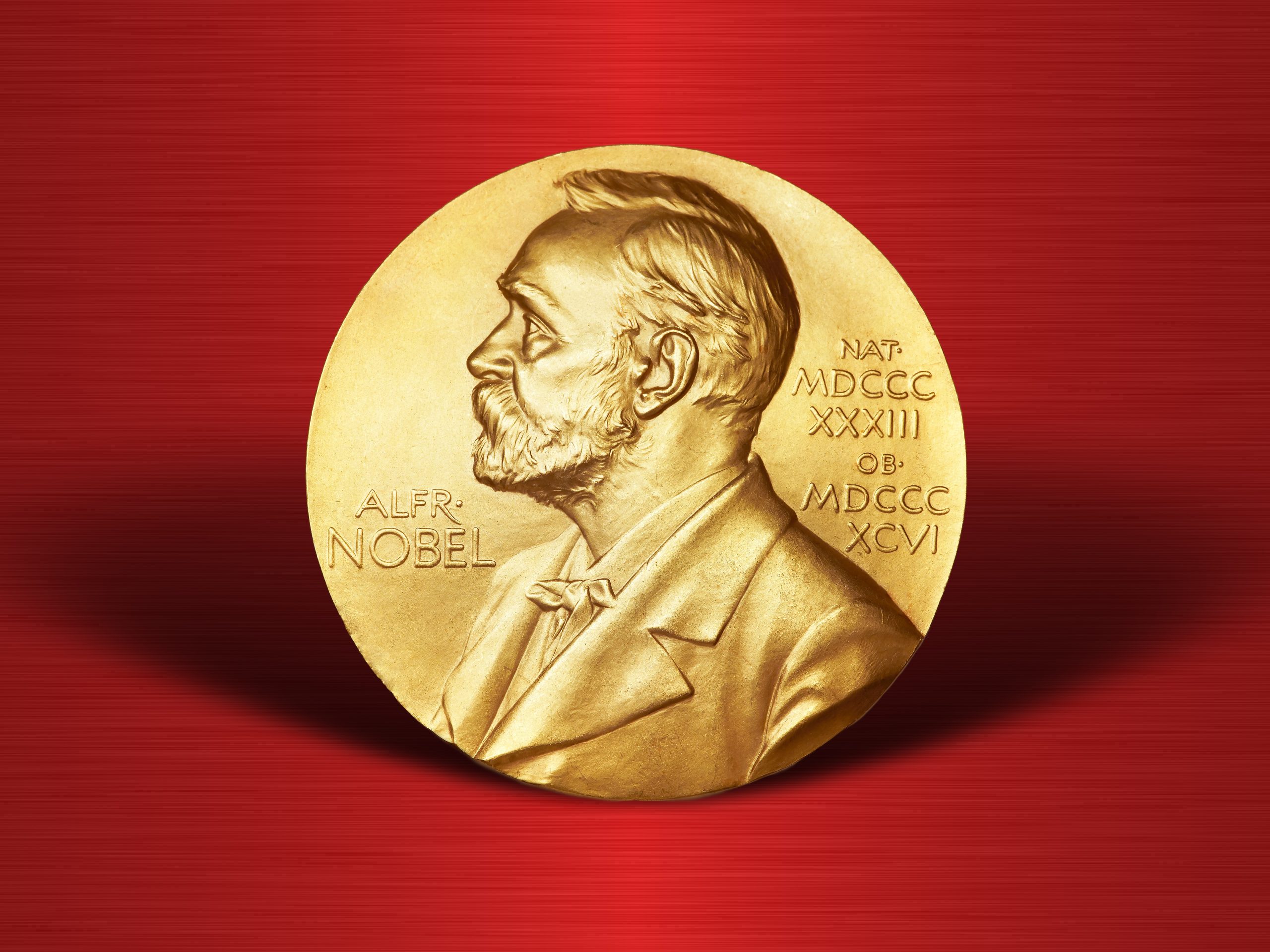
This week, on 7 October 2024, it was announced that the 2024 Nobel Prize in Physiology or Medicine will be awarded to Victor Ambros and Gary Ruvkun “for the discovery of microRNA and its role in post-transcriptional gene regulation”. The announcement comes just one year after Katalin Kariko and Drew Weissman were honoured for their work that enabled mRNA-based vaccines, and four years after Emmanuelle Charpentier and Jennifer Doudna received their Nobel Prize for their discovery of CRISPR-Cas9.
It was back in 1993, more than 30 years ago, when Ambros and Ruvkun first published their findings describing a new level of gene regulation. In their research on C. elegans, they demonstrated that small endogenous transcripts, encoded by the lin-4 locus, negatively regulate LIN-14 protein expression by targeting repeat sequences in the 3’ untranslated region of lin-14 messenger RNA (mRNA). This discovery was the first to propose that lin-4 regulates LIN-14 protein expression through a mechanism involving an antisense RNA-RNA interaction.
Since then, miRNAs have been recognized as short, endogenous, non-coding RNA molecules that play a vital role in regulating gene expression. These molecules are essential for the development and function of organisms, acting as post-transcriptional regulators by binding to target mRNAs and either inhibiting their translation into proteins or leading to their degradation.
While miRNAs did not directly contribute to the development of CRISPR, early RNA interference (RNAi) technologies helped researchers recognize the potential of RNA molecules in gene regulation. miRNA research showed that small RNA molecules could specifically target gene expression, inspiring innovative approaches to genome manipulation. This week’s announcement underscores the growing recognition of gene expression control at both the RNA and DNA levels, highlighting its significant impact on medicine and the development of new gene therapies.
At GJE, our biotech team has extensive experience in patenting gene therapies and navigating the increasingly complex intellectual property landscape. Much of our work has focused on RNA technologies, including microRNA therapeutics, RNA delivery, CRISPR-Cas technology, RNAi and base editing, all of which hold immense potential for treating a wide range of diseases, including cancer, cardiovascular diseases, genetic disorders, and viral infections. To discuss your biotech IP strategy, please contact us at biotech@gje.com.


